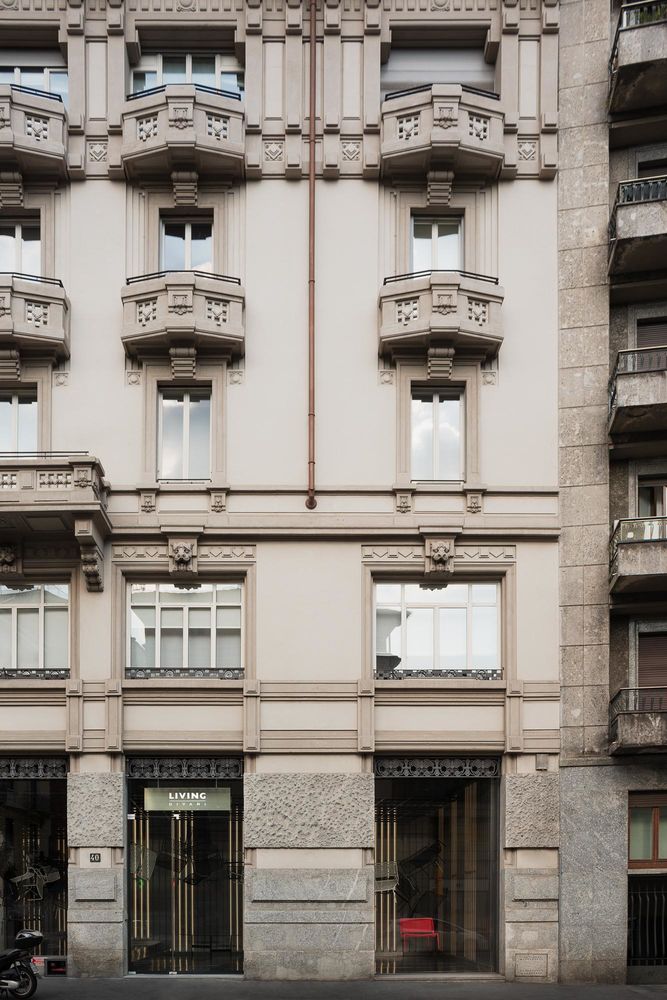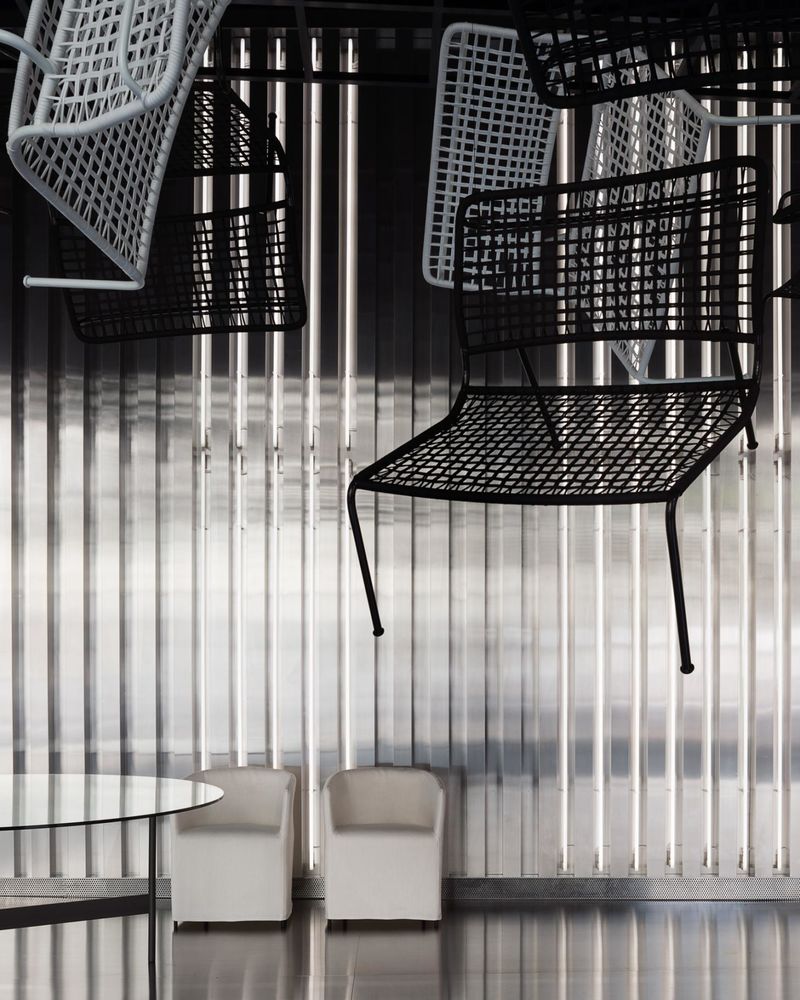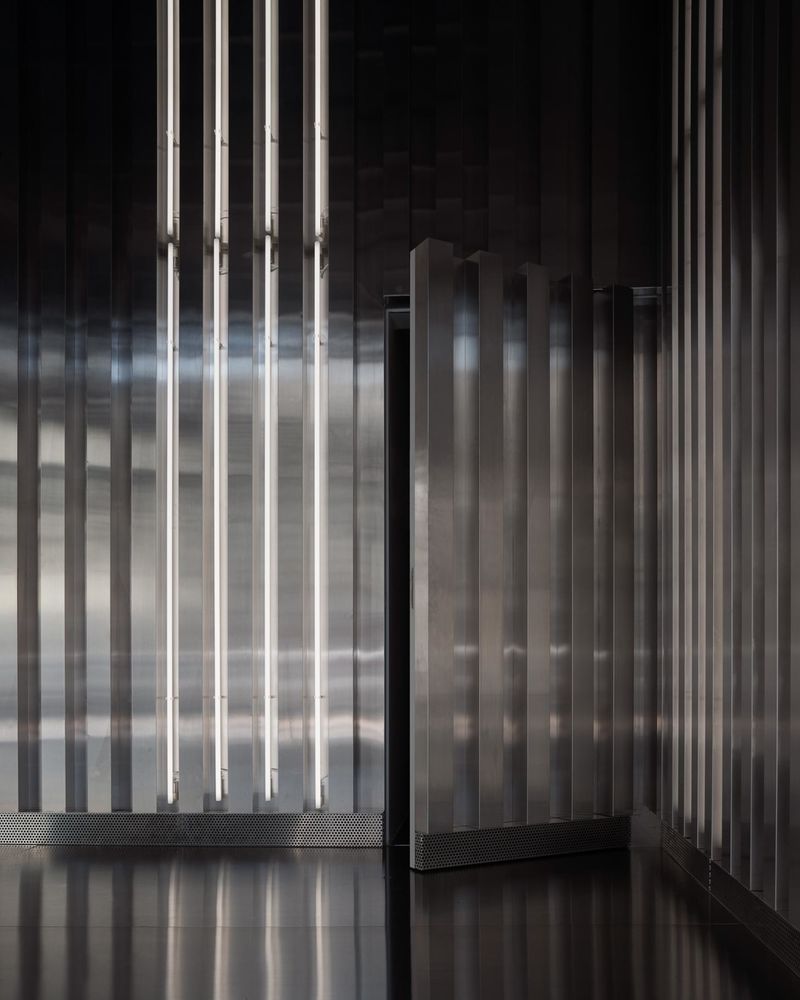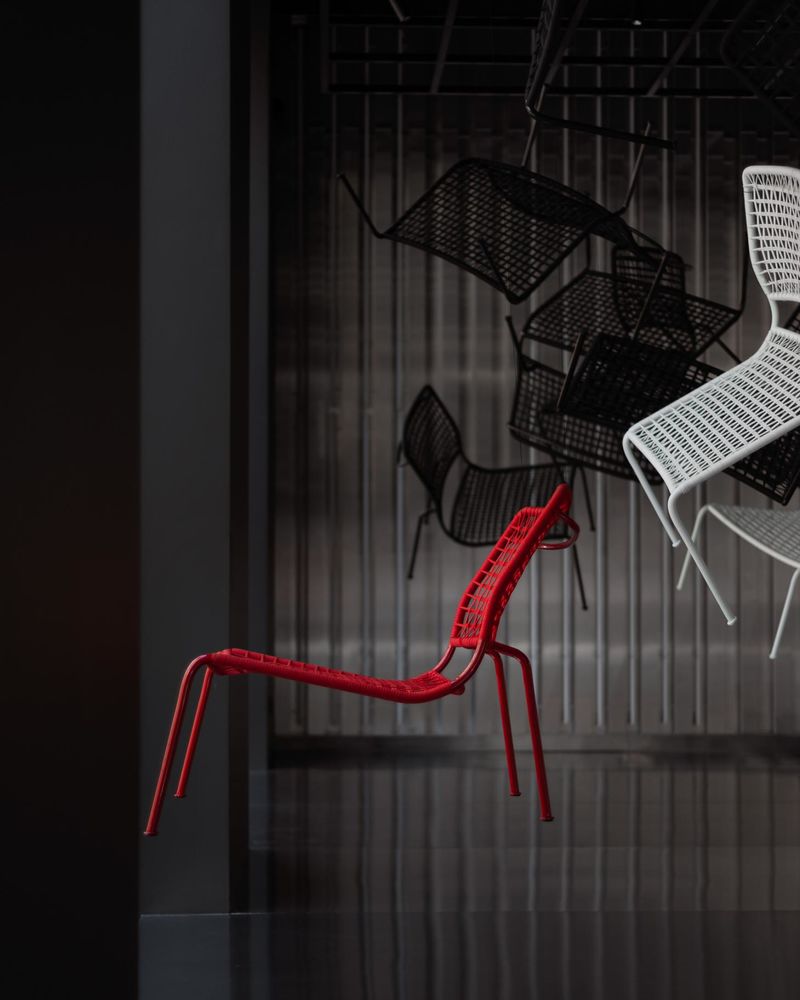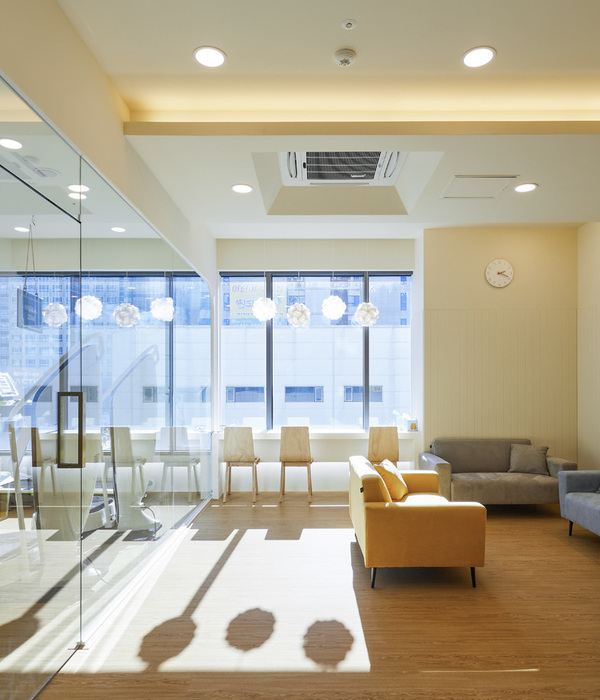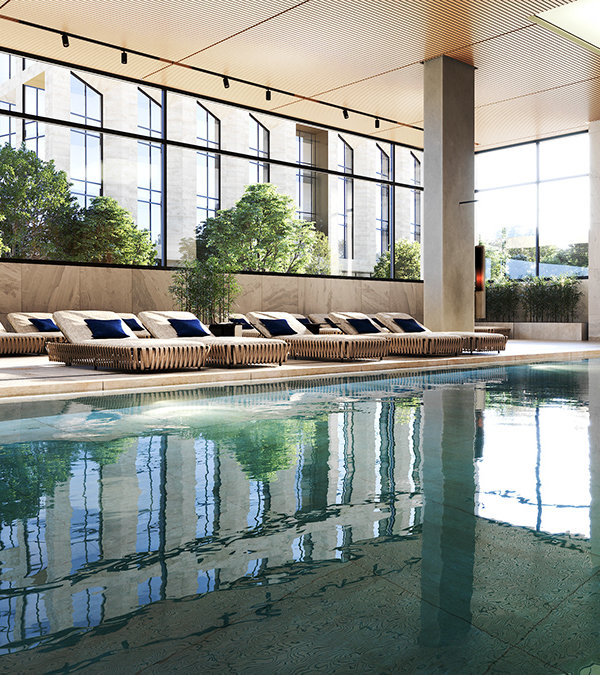米兰 Living Divani 新空间 | 家具与艺术的交融
A new space by Living Divani blurs the boundaries between furniture and art through ever-changing conceptual installations
A view of the gallery’s interiors by Piero Lissoni, featuring corrugated metal walls and mirrored floors
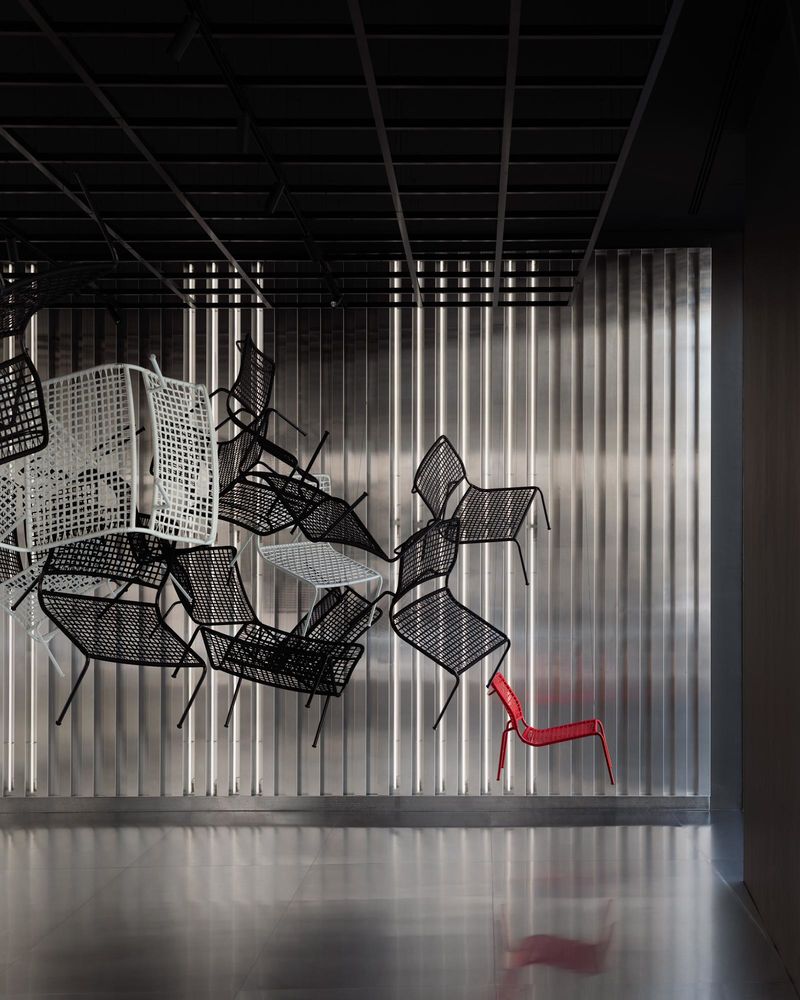
Living Divani unveils a new space in Milan, open now as an abstract showroom merging art, design and furniture. ‘We’ve been looking for some time for a space in Milan that could represent what Living Divani actually is,’ says Carola Bestetti, now leading the company as the second generation. Her parents Renata and Luigi Bestetti founded Living Divani in 1969, initially as a small workshop specialising in producing sofas.
Fast forward 50 years, and the company has become a furniture and design authority with a three decade-long collaboration with designer Piero Lissoni and contributions from some of the most interesting names in design today.
‘For us, this must become a window, a place to showcase the essence of Living Divani and and its many facets,’ continues Bestetti. ‘[We are] inviting our audience to live the Living Divani style: a brand with a strong soul, always in tune with its philosophy of rigor, clean lines and relaxed elegance, which has succeeded in reaching across the world of design with its own genuine and individual interpretation.’
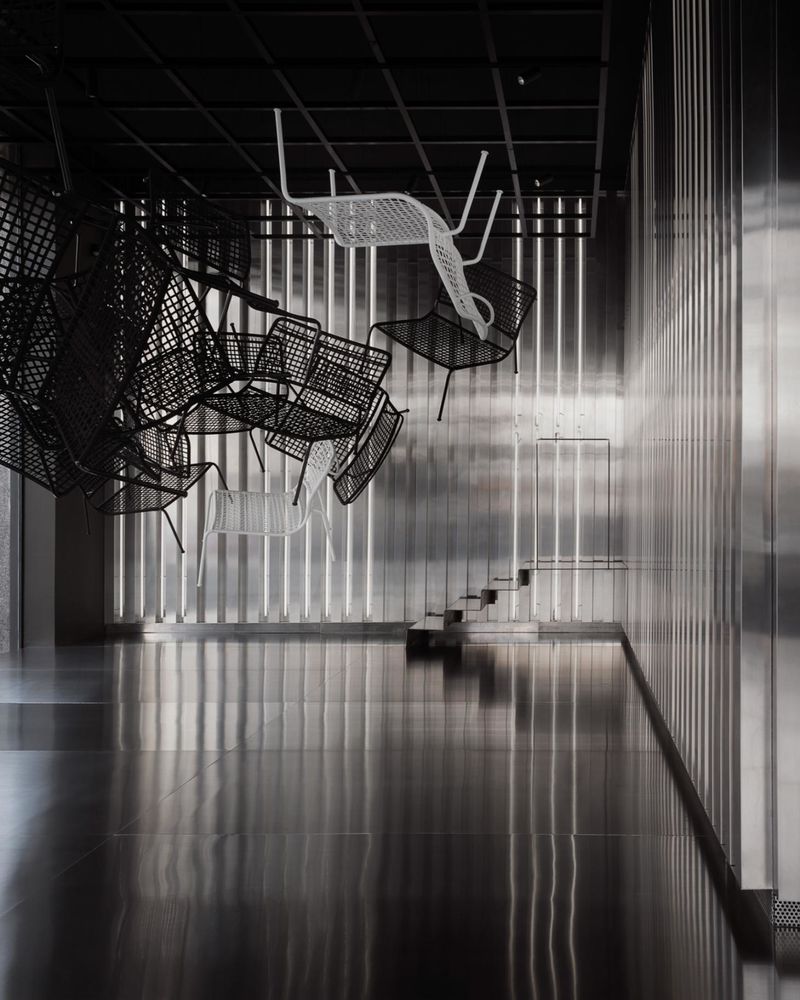
The debut installation includes a series of ‘Frog’ chairs by Piero Lissoni, designed in 1995 and here featuring in their more hi-tech, modern versions made of carbon fiber and polyester weave
This is going to be the Italian brand’s first Milanese outpost, joining the company showroom at the nearby Azzano del Parco HQ. The two spaces present two different sides of the same multilayered story: while Azzano del Parco will showcase the practical side of the brand as well as offer visits to the manufacturing facilities, the Milan space is, as Bestetti calls it, ‘a slightly more bizarre project.’
The space’s design was created by Lissoni and its inaugural iteration is characterised by mirrored metal walls and floors and neon lighting, to offer visitors a distorted sense of perception. Inside, a hanging installation features Lissoni’s Frog chair from 1995, here in its more hi-tech version made of carbon fiber and polyester weave. Also in the space is more furniture by Lissoni and Massimo Mariani, creating a contract between conceptual and domestic.
‘This is neither a showroom nor a store,’ observes Lissoni. ‘The new gallery would like to be a sort of theatrical space, a place where to create and perform, from time to time, different representations, just like in a theatre.’ The designer explains that the current set up was chosen for its scenographic allure, but future iterations will show different aspects of the company’s creative journey, as the gallery’s modus operandi is based on a continuously changing aesthetic: ‘straddling the line between art and design, between risk and storytelling,’ says Lissoni. §
